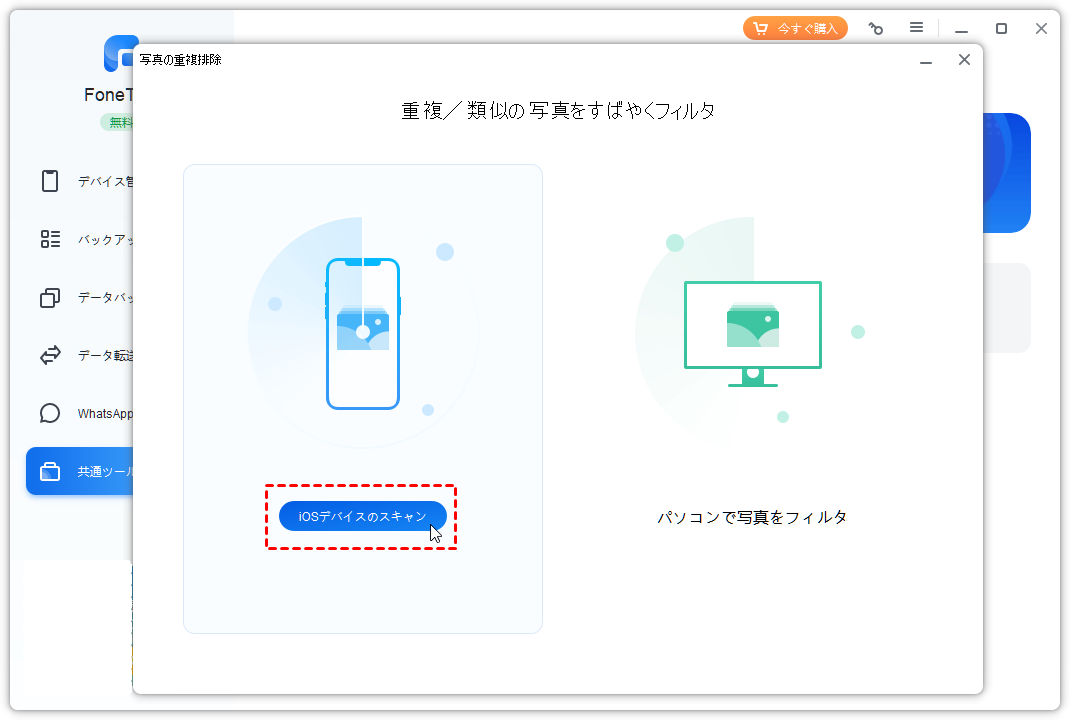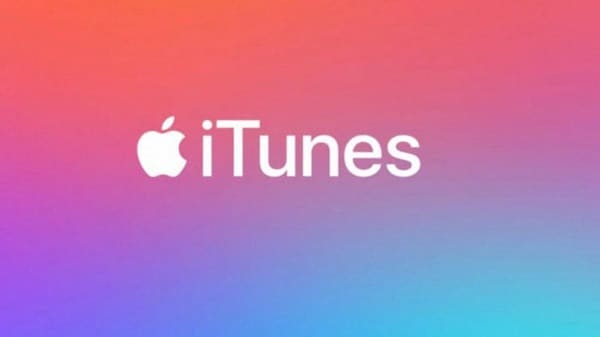

If you ever need to restore your device, the data from the last backup is used. The link above also discusses how passwords and Activity data are not backed up unless the backup is encrypted.The total list of what is backed up can be found here.Voicemails, text messages, notes, voice memos, etc are all backed up.Here's a whole separate post about how iOS stores iBooks PDFs, covering both cases of whether you sync your iBooks in iCloud or not. The camera roll is backed up, but your synced photo libraries are not backed up.Music is not backed up, because it is synced or downloaded from iCloud music or the iTunes store.Apps themselves are not backed up (because they are re-downloaded from the App Store, or synced via iTunes) but *the data stored by that app* is backed up.The reasoning for this is that items you sync to a device are already stored on your computer, and if you lose them on your device, they can just be synced again. The device backups contains all of the device's data that isn't put there via a sync. You can tell this is happening because the iTunes status window (at the top of the iTunes window) will say “Backing up Device Name.” You can also force a backup in iTunes by pressing the "Back Up Now" button in the device summary section of iTunes. Somewhat infrequently, iTunes will make a backup of your device. When you plug your iPhone/iPad/iPod Touch into your computer and run iTunes, there are three forms of communication that you can request between your computer and the device: syncing, backing up, and transferring purchases. The primary detriment to this is that you are responsible for the health of your computer, and periodically remembering to plug in and transfer your data.īack Up, Syncing, and Transferring Purchases in iTunes.You do have to physically plug your iPhone into the computer ( or use iTunes wireless sync), but you do not need an internet connection and USB communication is much faster than typical internet connectivity speeds.
Itunes backup how to#
Drop us a note (via the contact link up top) or leave us a comment if you're interested in seeing how to do that!) I've been considering writing a blog post about how to "relocate" your iTunes backups to a different hard drive. (iTunes stores local backups on your primary hard drive, which may cause a legitimate capacity issue if you have a small SSD for a primary hard drive.
Itunes backup full#
Itunes backup free#
Itunes backup password#
Anyone with your Apple ID and password could possibly access that data. The primary detriment to this is that you may not like having your data stored on Apple's servers.

You don't have to physically plug your iPhone into a computer to use iCloud services, but you do need a *stable* connection to the internet.When you change computers, you don't need to think about migrating any of your backups or iTunes synced data to the new computer.The primary benefit to this is that you're not responsible for taking care of those servers.Things you store using iCloud services are stored remotely on servers owned by Apple. But first we should briefly address the question of iCloud vs iTunes ( or you can use both like I do!) This is a question of where you want your data stored: This article is primarily about backing up your data locally with iTunes. I'd like to take some time to remove some of the mystique, and give everyone some much needed peace of mind. If there is one thing that I've learned from all of these interactions, it's that to most of us, iOS data management and backup is a mystery that we hope will pleasantly surprise us one day. I also hate it, because sometimes I have to tell people that there is nothing I can do and their data is lost.

I love it, because I get to help people recover valuable and sentimental data every day (like photos of newborn babies, voicemails from deceased loved ones, and records for court). I've been working with iPhone data for several years.


 0 kommentar(er)
0 kommentar(er)
